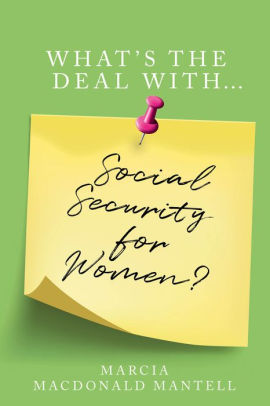"In today’s yield-parched world, money-market funds are paying 0.02%,
bank savings accounts 0.13%, a three-month Treasury bill 0.015% and even
a 30-year Treasury bond only 2.25%." Wall Street Journal writer Jason Zweig reminds us of one of the best kept secrets for savers; I-Bonds. These savings instruments are inflation-protected U.S. savings bonds that are currently paying 3.54% for bonds issued May 2021 – October 2021. I bonds are almost risk-free and offer significant tax advantages.
"The maximum purchase is $10,000 per year per account holder (unless you elect to take your tax refund in the form of an I bond)."
"Ironically, the less you earn and have to invest, the more powerful a tool I bonds are."
Never heard of I-bonds? Maybe because "financial advisers have no incentive to sell I bonds, which don’t pay
commissions or charge expenses and are available exclusively from the
U.S. government (see TreasuryDirect.gov)"
"Their yield consists of a fixed rate for the 30-year life of the bond and an inflation rate,
which adjusts semiannually. The current 3.54% applies to I bonds issued
until Nov. 1, 2021 and will reset every six months unless the official
government rate of inflation stays constant."
While the yield
can decline if inflation drops (not likely in coming years according to my reading of the WSJ). "But, unlike with Treasury inflation-protected securities,
or TIPS, the yield on I bonds can never go below zero. So they protect
against both inflation and deflation."
Interest on I bonds is exempt from state and local income tax! So especially appealing for residents of high tax states. "For income-tax purposes, you can choose to defer declaring your I-bond interest until maturity or you redeem, whichever comes first."
Some caveats: You can't access your funds for first 12 months. If you cash out before 5 years, you lose 3 months of interest. "If you buy an I bond at today’s 3.54% rate and sell it one year and a
day from now, you’ll earn 2.65% after the penalty (assuming the rate
doesn’t change). That’s roughly quadruple what you’d get from a one-year
certificate of deposit or ultra-short-term bond fund."
I bonds are ideal for emergency savings. You don't get monthly or yearly reminders about your account so it's "out of sight, out of mind" so you're not tempted to used the money for less than an emergency. They are also well-suited for short term goals where you want to be sure your money grows and you can't lose purchasing power.
Thanks to Jason Zweig for this timely reminder about a great addition to one's portfolio. Check out his website and his books: https://jasonzweig.com/
For more details see: https://www.treasurydirect.gov/indiv/products/prod_ibonds_glance.htm




